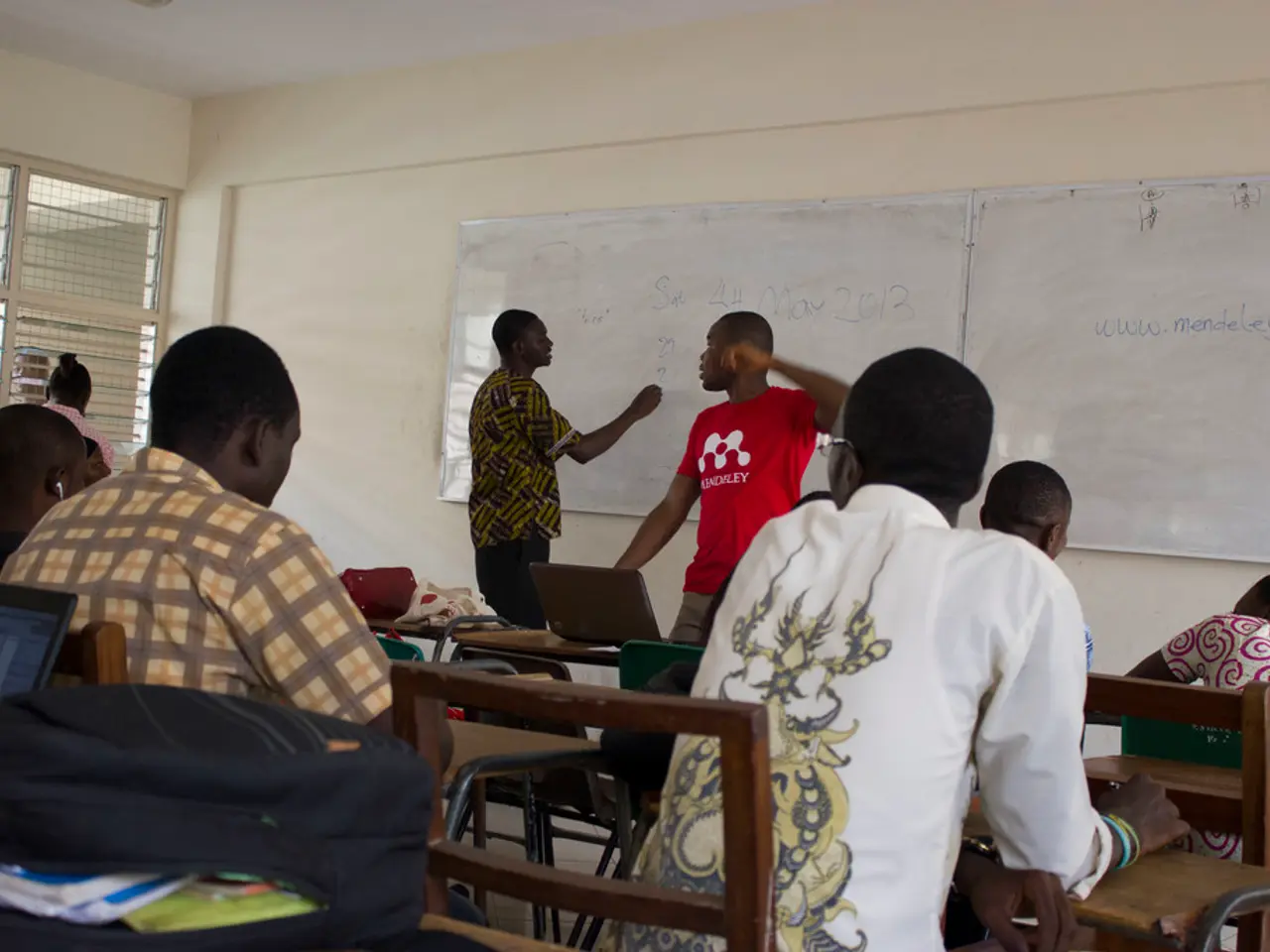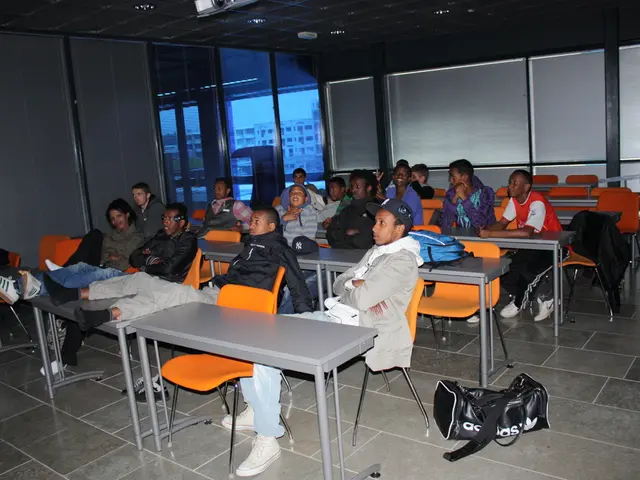2024 Strategy for Standards-Oriented Instruction and Evaluation
In the world of education, a shift towards a more modern and effective grading system is underway. Districts across the country, including those of Eddie Oakley, Barbara Geibel, Kelly Ronnebeck, and Jay Meadows, are adopting standards-based grading (SBG).
Ronnebeck's district, for instance, has undergone a significant transformation, focusing on providing clear pictures of student learning to parents, teachers, and students. The district's SBG strategy centres around student learning of core content, rather than on engagement or student effort. Communication about this shift has been a collaborative effort, involving town hall meetings, notes, flyers, social media, and direct discussions with parents.
Oakley's district, on the other hand, focuses on priority standards and avoids extra credit in grading. The district has built summative assessments first and aligned them with standards, and has a portrait of a graduate that outlines expectations for each grade level. Oakley communicates the shift to parents by explaining the new system in letters and using social media.
Meadows, a strong advocate for SBG, emphasizes the importance of consistency in standards-based learning. He believes it takes time for everyone to buy in and see the benefits. Meadows stresses the importance of starting with assessments to drive conversations in Professional Learning Communities (PLCs) and Professional Development (PD), and believes this approach increases student engagement and fosters 21st-century skills.
Geibel's district uses Otus to ensure accountability and consistency in aligning assessments with state standards. Last year, the district started meeting as grade levels to align assessments and report cards with essential standards. Geibel's district is starting to communicate the shift to standards-based grading to parents, focusing on early grades and using a slow rollout approach.
A recent Tech & Learning roundtable webinar discussed the implementation of standards-based learning and grading. The webinar, sponsored by Otus, brought together panelists Eddie Oakley, Kelly Ronnebeck, Jay Meadows, and Barbara Geibel to share their experiences and best practices.
The movement towards standards-based learning has been in motion for over 30 years. Effective alignment entails collaborative planning among educators to ensure rubrics and assessments reflect clear learning standards, providing professional development for teachers to effectively implement SBG, and designing rubrics with descriptive language and concrete examples to define mastery levels.
Effective communication with parents supports this implementation by educating them on the benefits and purpose of SBG, offering consistent explanations of how to interpret the new grading reports, and addressing concerns through workshops or training sessions. Fostering transparency and shared understanding is crucial in bridging gaps in stakeholder understanding, especially between administrators and parents.
In summary, the successful implementation of standards-based grading hinges on collaborative alignment of curriculum, assessment, and instruction grounded in clear standards and supported by ongoing, transparent communications with parents to build trust and understanding. This shift towards SBG promises a more effective and engaging learning environment for students, preparing them for the challenges of the 21st century.
- Eddie Oakley's district communicates the shift to standards-based grading (SBG) to parents by explaining the new system in letters and using social media.
- The district of Barbara Geibel, while using Otus to ensure accountability and consistency in aligning assessments with state standards, is starting to communicate the shift to standards-based grading to parents, focusing on early grades and using a slow rollout approach.
- Jay Meadows, a strong advocate for SBG, emphasizes the importance of consistency in standards-based learning, starting with assessments to drive conversations in Professional Learning Communities (PLCs) and Professional Development (PD), and believes this approach increases student engagement and fosters 21st-century skills.
- Ronnebeck's district's SBG strategy centres around student learning of core content, rather than on engagement or student effort, and communicates about this shift through town hall meetings, notes, flyers, social media, and direct discussions with parents.
- The successful implementation of standards-based grading hinges on collaborative alignment of curriculum, assessment, and instruction grounded in clear standards and supported by ongoing, transparent communications with parents to build trust and understanding, fostering a more effective and engaging learning environment for students, preparing them for the challenges of the 21st century.




